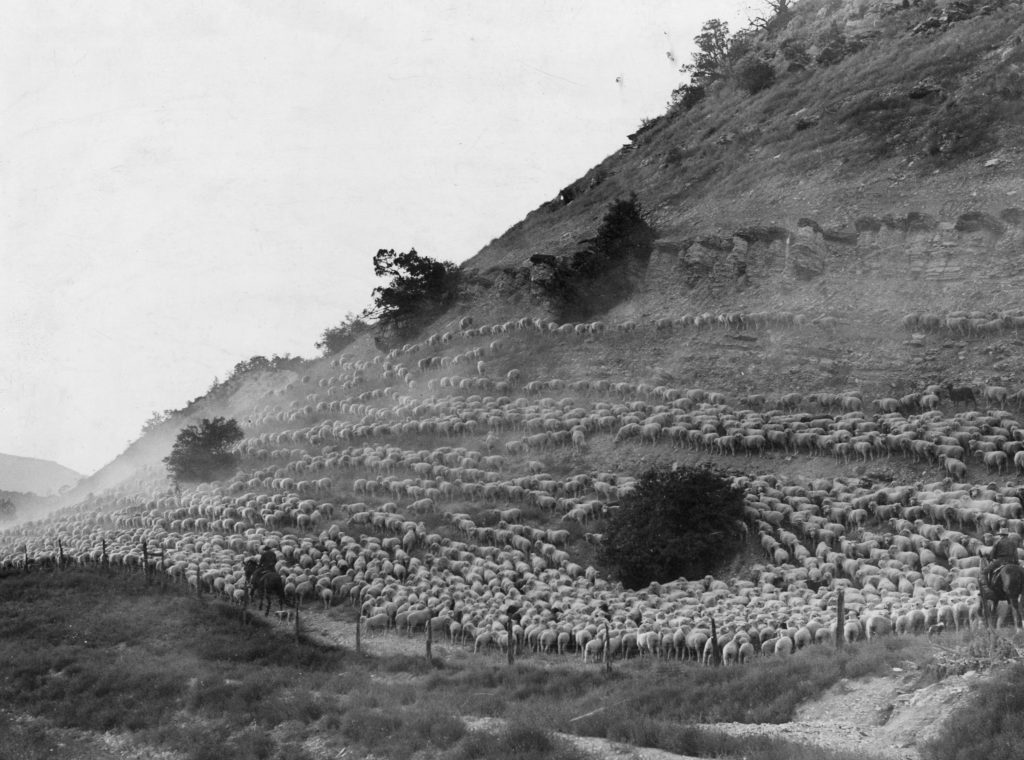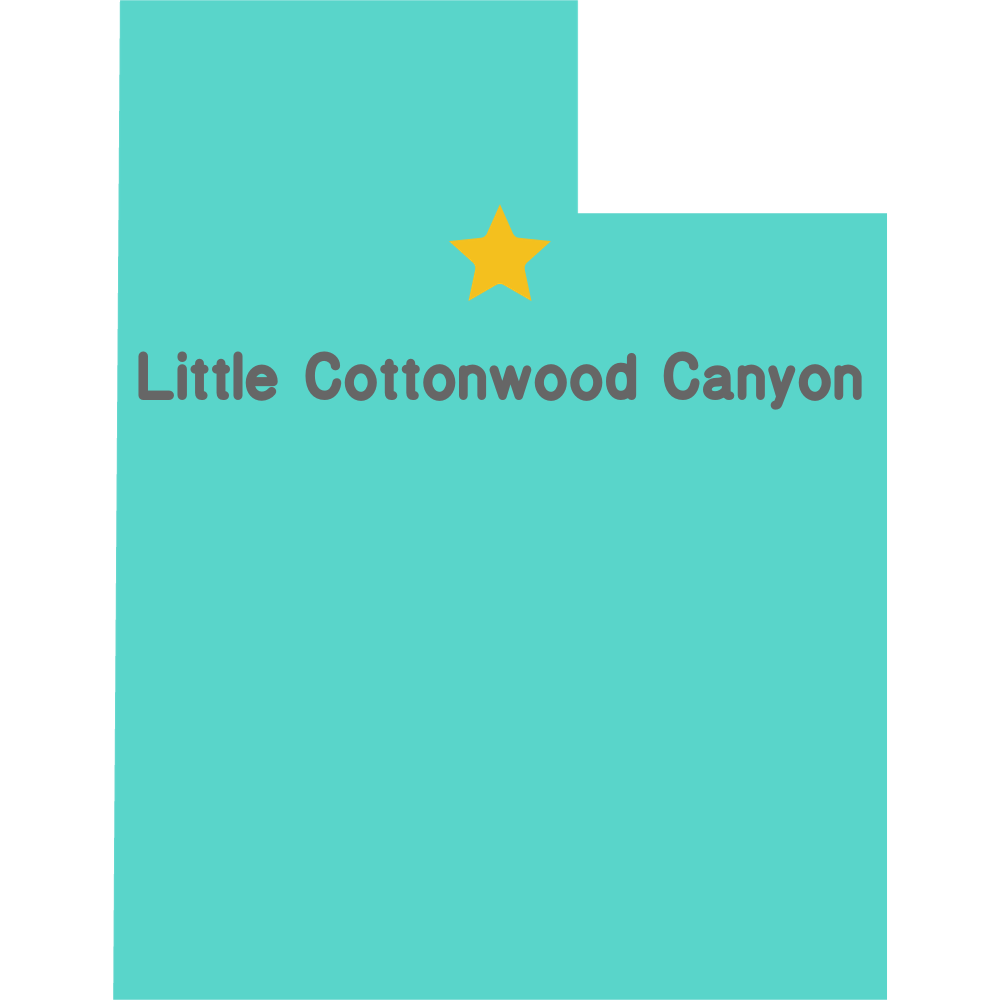Little Cottonwood Canyon, nestled near Salt Lake City, Utah, boasts a stunning landscape today, with lush vegetation adorning its slopes and majestic granite formations framing its pathways. However, this picturesque scene belies a tumultuous history marked by the arrival of 19th-century Mormon settlers who drastically altered the canyon’s ecosystem and displaced the indigenous tribes that once called it home. Over the course of a century, these settlers, driven by the need for resources, transformed Little Cottonwood Canyon into a landscape starkly different from its original state.
Before the arrival of Mormon pioneers, the Wasatch Mountains, including Little Cottonwood Canyon, were inhabited by Native American tribes such as the Goshute, Shoshoni, and Ute. These tribes lived harmoniously with the land, practicing nomadic hunting and gathering in the valleys and foothills. However, the peaceful coexistence between indigenous peoples and the land was disrupted in the 1800s with the influx of Mormon settlers.
The Mormon pioneers, in their quest to establish a permanent settlement in the Salt Lake Valley, embarked on resource-intensive endeavors that reshaped the natural environment of Little Cottonwood Canyon. One of the primary needs of the settlers was wood, which was essential for building homes and fueling fires due to the scarcity of coal in the region. To meet this demand, Mormon settlers established lumber mills in the canyon, initiating a thriving lumber industry in the Wasatch Mountains.
Simultaneously, the mining industry flourished in the Wasatch, further exacerbating the environmental impact on Little Cottonwood Canyon. Miners relied on timber for constructing support beams in mine shafts, leading to extensive deforestation in areas where mining activities were concentrated. By the late 1800s, the once-abundant forests of the canyon had been depleted, leaving behind a barren landscape.
The exploitation of natural resources extended beyond lumber and mining to include extensive sheep grazing in the Wasatch Mountains. Large herds of sheep grazed throughout the region, damaging watersheds and stripping hillsides of vital vegetation, which contributed to the destabilization of the ecosystem and increased the risk of natural disasters such as landslides and flooding.
The consequences of these resource extraction activities were not limited to environmental degradation; they also had profound socio-cultural ramifications for the indigenous tribes of the region. The Mormon settlers’ arrival led to the displacement and marginalization of Native American communities, whose population dwindled rapidly as they were forcibly removed from their ancestral lands. Within 50 years of Mormon settlement, Utah’s Native American population declined by 86%, reflecting the devastating impact of colonization on indigenous peoples.
Central to the Mormon settlers’ activities in Little Cottonwood Canyon was the extraction of granite for the construction of the Salt Lake Temple, a monumental undertaking that further reshaped the landscape. Quarrying operations commenced in the mid-19th century, with massive granite blocks being hauled from the canyon floor to the construction site in Salt Lake City. The extraction of granite not only depleted the canyon’s natural resources but also necessitated the improvement and maintenance of roadways, facilitating further exploitation of the area for logging and lumbering purposes.
Despite the environmental and social upheaval caused by Mormon settlers in Little Cottonwood Canyon, the latter half of the 20th century witnessed a gradual shift towards conservation and restoration efforts. Recognizing the importance of preserving natural ecosystems, initiatives were launched to rehabilitate the degraded landscapes and protect the remaining biodiversity. Afforestation projects, watershed management strategies, and conservation policies aimed to reverse the damage inflicted by centuries of exploitation.
In conclusion, the history of Little Cottonwood Canyon serves as a cautionary tale of the consequences of unchecked resource extraction and colonization. The exploitation of timber, granite, and water resources by Mormon settlers resulted in profound environmental degradation and the displacement of indigenous communities. However, efforts to restore and conserve the canyon’s ecosystem signify a hopeful trajectory towards sustainable stewardship of natural landscapes. Little Cottonwood Canyon’s 100-year rebound from Mormon misuse exemplifies the resilience of nature and the enduring commitment to preserving our natural heritage for future generations.


